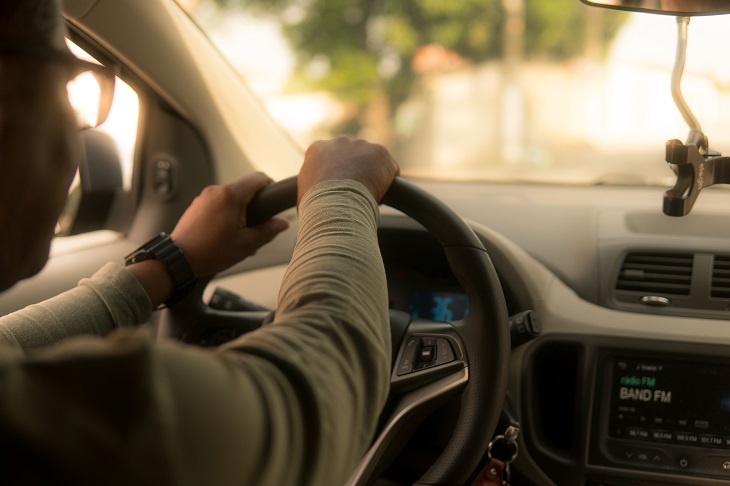Being able to drive is imperative for many people. Disabled people in particular need to get around from point A to B seamlessly, and being able to do that in their own personal vehicle is often the only way they’re able to get where they’re going.
For those who suffer from breathing difficulties, getting behind the wheel of a car can be daunting. Respiratory illnesses can cause many debilitating symptoms that can hinder a person’s ability to drive safely, such as:
- Difficulty breathing
- Stubborn cough
- Chest pain
That doesn’t mean that people who suffer from this specific type of illness can’t safely operate a vehicle. They just simply have to be more mindful of how they do so, when they do so, and what they can do while their driving to ensure a safe arrival.

Driving with a respiratory illness
Driving isn’t usually a strenuous activity in and of itself, so many people who suffer from breathing difficulties find that they are able to drive without much effort. But there are some things that a person suffering a respiratory illness does need to take into account while they’re driving. For example, for someone with frequent coughing fits, being able to pull over may be helpful to keep them safe and focused while they’re on the road.
If the respiratory illness is new, taking short trips at first can be the best way to feel out how long you can be behind the wheel before symptoms come on that could hinder your ability to drive safely.
Can I get a disabled parking permit if I have breathing difficulties?
Depending on your illness, it is likely that you can get a disabled parking permit if you suffer from lung disease or another illness that causes breathing problems. Symptoms of respiratory illnesses, such as difficulty walking for long periods of time, can be avoided by the use of a parking permit, which reduces your need to walk longer distances between your vehicle and the place you’re going.
Specific illnesses that often qualify for parking permits include:
- COPD
- Chronic bronchitis
- Emphysema
- Airway obstruction
- Cystic fibrosis
- Asthma
- Hypertension
Parking pass availability will vary from state to state, and the severity of your condition will also play a key factor in whether or not you qualify. It’s always a good idea to speak to your doctor about your condition and find out local laws and application processes to ensure that you qualify for a parking permit in your area.
Breathing difficulties while driving: what you should do
If you are out on the road and find yourself experiencing worsening symptoms, it’s important to remember certain tips that will keep you and others safe while you are behind the wheel.
For coughing that lasts an extended period of time, pulling over in a safe place and allowing it to pass is the best bet to ensure that you can keep your concentration on the road ahead of you and other drivers. If you experience lots of sputum while coughing, you’ll want to have a handkerchief within safe reaching distance at all times.
You should also avoid any lung irritants, such as smoking, while behind the wheel of your car to help limit exacerbation of your condition. Knowing how your condition affects you and at what times it is at its worst will also give you the upper hand when it comes to knowing the best times to drive. If you are on oxygen, it’s also possible to adapt your car to carry your tank with you in a safe manner so that any sudden stops or jolts don’t cause it to become dislodged from its position and pose any problems.

Being able to drive yourself around is a level of freedom that everyone deserves to have. Breathing difficulties can be a debilitating part of daily life for those with lung conditions, but they don’t have to lead to the complete loss of your ability to drive. Getting a parking permit if you qualify can help you limit any excess walking that may be required to get from the parking lot to your destination. Get to know your illness and how it affects you, and you will be equipped with everything you need to know when it comes to driving while experiencing a lung issue that causes breathing difficulties.
Featured image by Tim Foster on Unsplash

